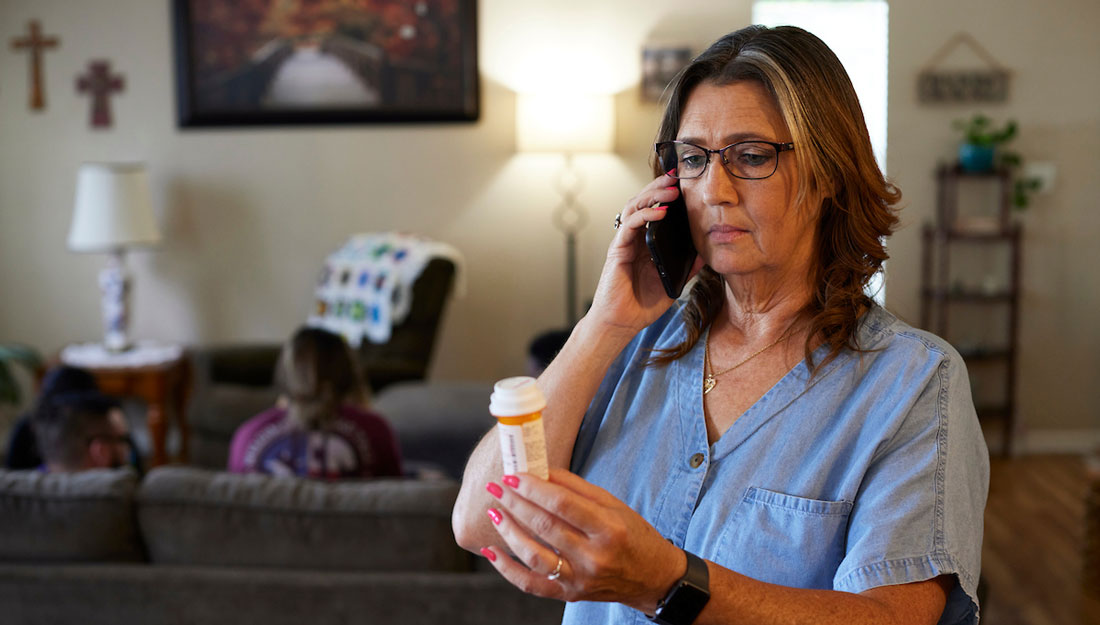7 Tips for having a safe, cool summer
Summer is full of fun times by the pool and barbeques, but it also brings high temperatures and humidity. According to the Centers for Disease Control and Prevention, 618 people die from heat related complications in the United States per year. As the summer temperatures climb and individuals spend prolonged periods outside, the risks of dehydration and heat exhaustion increase.
Kory Gill, D.O., assistant professor at Texas A&M Health Science Center College of Medicine and director of the family medicine residency program, serves as team physician for Texas A&M University Athletics and offers a few suggestions on how to have a safe, cool summer.
1. Know the symptoms
An important part of safely enjoying the summer weather is to recognize the symptoms of heat exhaustion. Gill notes that if heat exhaustion is left untreated it can develop into heat stroke. With heat stroke you can get liver failure, seizures—your organs are basically cooking internally. To avoid a severe medical emergency, familiarize yourself with the signs:
• Fatigue
• Headache
• Lack of sweat
• Dizziness
• Weakness
• Nausea
If you or anyone you’re with begins displaying these symptoms, get to an air-conditioned location immediately and rehydrate. Continue to drink plenty of cool liquids, like water or sports drinks, throughout the day and avoid physical activity for a while. If the symptoms persist or worsen, see a doctor immediately.
2. Allow yourself to acclimate
Before you decide to spend every possible moment in the sun, take time to allow yourself to get acclimated to the heat. “We’re used to air conditioning now, so when we start spending more time in the heat and sun, our bodies aren’t used to it,” Says Gill. During the first couple weeks, ease into outdoor time so your body can better adjust to better handle the heat and sweat less.
3. Increase your fluid intake
When you initially start spending time in the heat, your body will need more fluids. To avoid dehydration and heat exhaustion drink plenty of fluids—even if you’re not thirsty. “Thirst is not a good early indicator. By the time you’re thirsty, you are already significantly dehydrated,” says Gill.
Not all fluids work towards staying hydrated, though. Limit your intake of diuretics, such as alcohol and caffeine. These substances cause you to excrete more fluids and can cause you to become dehydrated. It’s okay to enjoy a cup of coffee or a beer, but be sure to consume more water to offset their diuretic effects. If you notice your urine is dark, it is an indicator that you are dehydrated and should increase your fluid intake.
4. Take breaks
Lazy afternoons in the sun sound appealing as the summer progresses, but remember to take breaks from the sun and heat. Gill recommends that you go inside or sit in the shade from time to time to allow your body to cool off. Taking breaks from the sweltering heat can help you avoid heat exhaustion.
5. Apply sunscreen
It’s common knowledge that sunburns and prolonged sun exposure can increase your risk for skin cancer, but sunburns can also inhibit your ability to dissipate heat and cool your body.
“When you’re sunburned, you lose your ability to manage heat well,” says Gill. Applying sunscreen will provide the two-fold benefit of protecting you from a painful burn and keeping your ability to regulate your internal temperature.
6. Don’t layer-up
A common misconception about spending extended periods in direct sunlight is to cover exposed skin. Gill advises against this strategy for avoiding sunburns. Layers inhibit your ability to sweat and cool down. “You want to stay somewhat exposed so you can dissipate the heat,” recommends Gill.
7. Look at the heat index
It’s logical that higher temperatures increase the possibility of heat exhaustion or heat stroke, but checking the garden-variety thermometer doesn’t give you an accurate indication of your risk. Humidity can also affect the perceived temperature, amplifying the heat. For a better measurement of risk, check the heat index for the day. The heat index factors in humidity and temperature, and is usually indicated as “feels like” on a weather app. If the heat index is above 90 degrees, take extra precautions against dehydration and heat exhaustion.
For more tips on how to avoid heat exhaustion, visit the CDC’s website.
Media contact: media@tamu.edu


